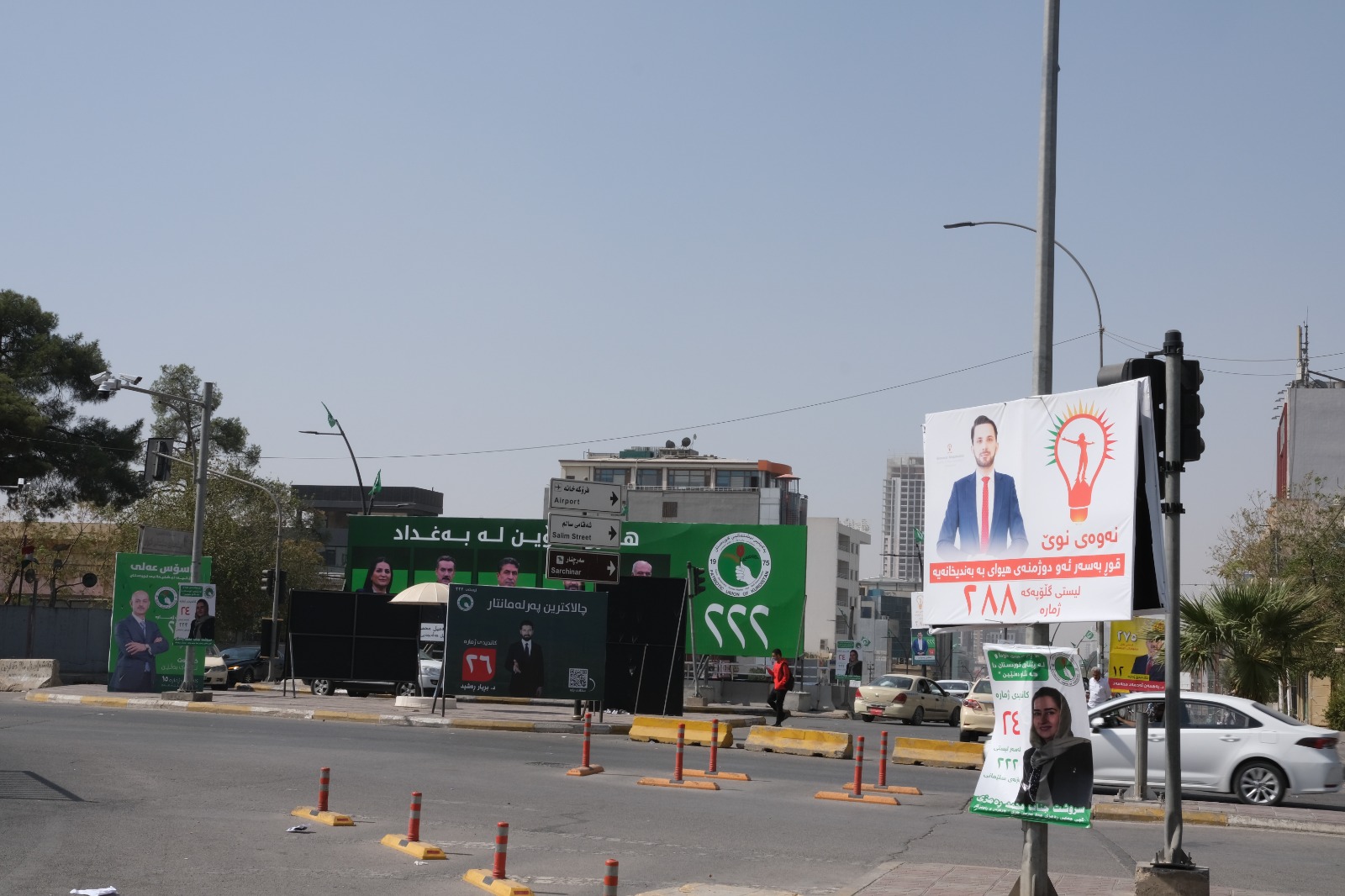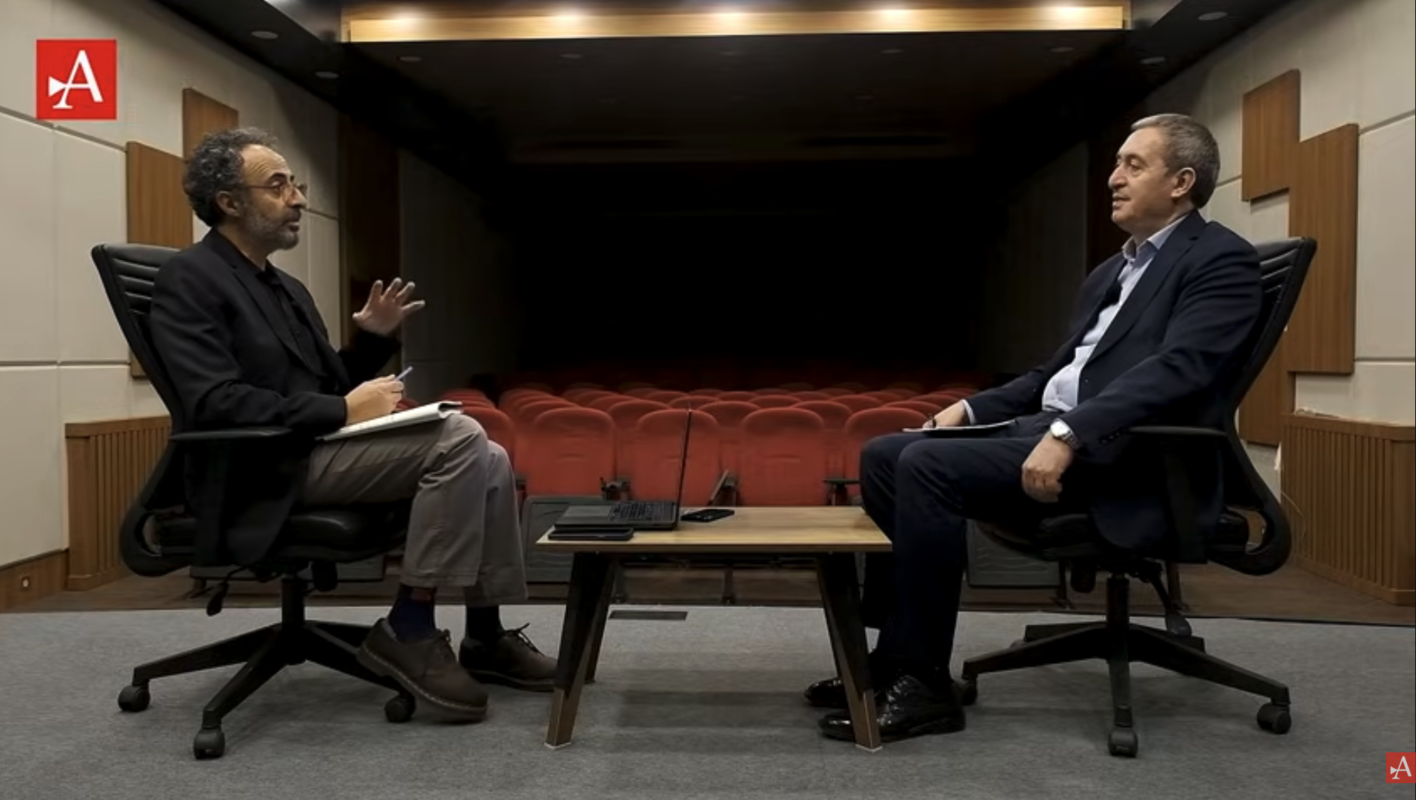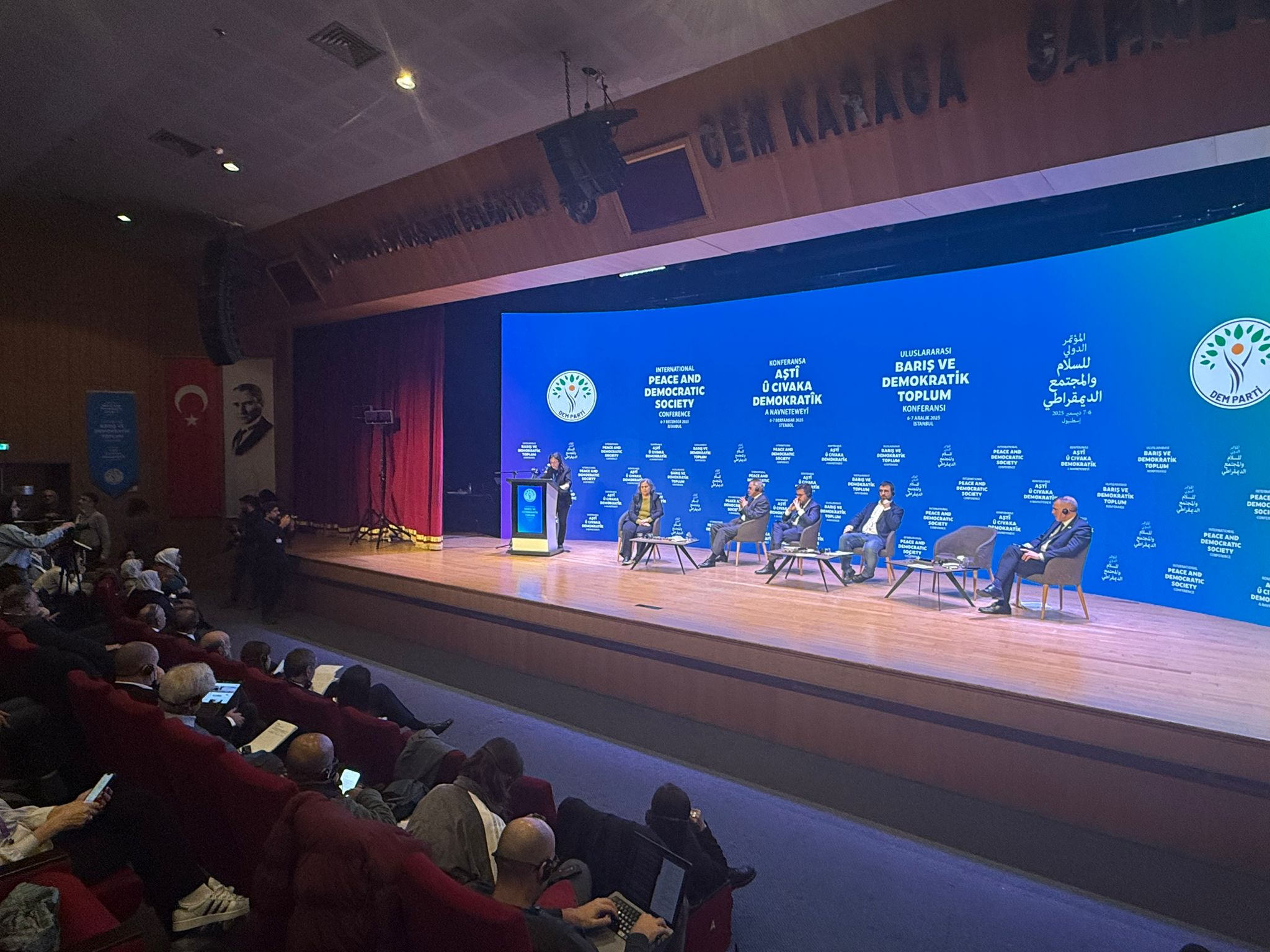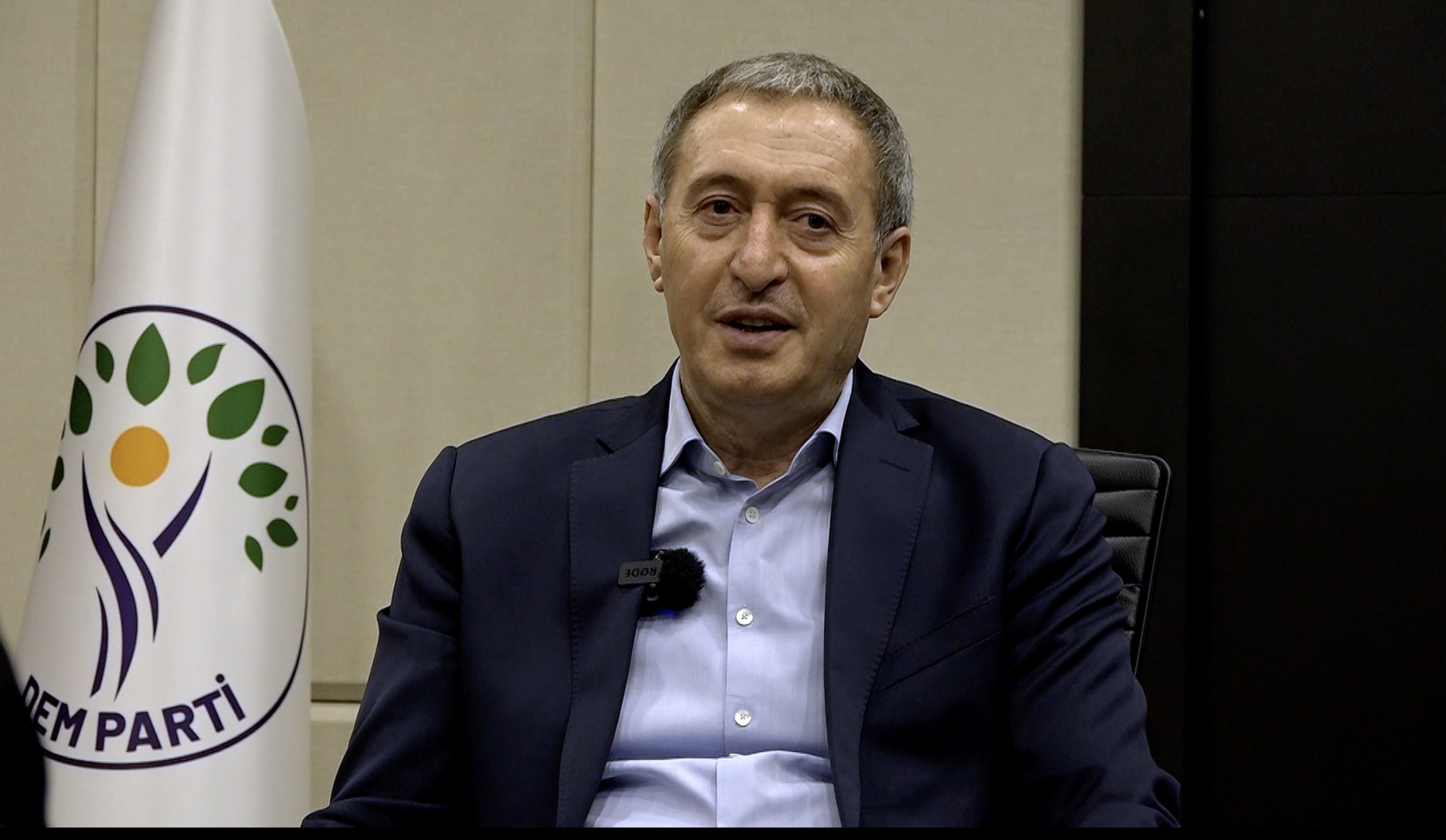Mapping Political Blocs in Iraq’s 2025 Elections
Election campaign posters in Sulaymaniyah
Iraq is set to hold general elections on 11 November 2025, to elect 329 members of its Council of Representatives. While the vote is officially meant to fill parliamentary seats—five of which are reserved for minority groups—the real political attention is focused especially on who will be the prime minister, a post ultimately determined by political bargaining in parliament once coalitions are formed and confidence is secured.
According to the Iraqi Independent High Electoral Commission (IHEC), more than 29 million Iraqis are eligible to vote, which is over twice the number of those who held suffrage rights immediately after 2003.
The Map of Participating Forces
Since 2003, Iraq’s political system has been built on the inclusion of the main and minority sectarian, ethnic, and cultural components, formally enshrined in its permanent constitution.
Since 2003, Iraq’s political system has been built on the inclusion of the main and minority sectarian, ethnic, and cultural components, formally enshrined in its permanent constitution. The text refers seven times to the notion of “[minority] components” and once to “main components,” meaning Shi’ites, Sunnis, and Kurds, a formula that, though never explicitly written, has guided the distribution of Iraq’s top offices: the presidency for the Kurds, the premiership for the Shi’ites, and the parliamentary speakership for the Sunnis, with ministries and senior state positions divided along the same lines.
In the 2021 elections, Muqtada al-Sadr’s movement, the Kurdistan Democratic Party (KDP), and former speaker of parliament Mohammed al-Halbousi tried to form a parliamentary majority that would bypass the traditional sectarian balance, and failed. However, in the 2025 elections, there is once again a division among the political parties. The discourse is based on identity, with the main themes of the campaigns being religious, sectarian, and ethnic, following the same pattern as the five previous election rounds since 2003.
At the level of the alliances themselves, the map of participating forces is divided along political, familial, and personal-project lines.
Shi’ite Major Blocs
In total, eight major Shi’ite lists will contest the elections, grouped broadly into three main fronts: those supporting the reappointment of Mohammed Shia al-Sudani as Prime Minister, those opposed to this idea, and those still undecided.
In the 2025 elections, Iraq’s main Shi’ite forces are entering the race fragmented across traditionally Shi’ite-dominated provinces. They compete separately, hoping to later reunite in coalition talks once the results are known. In total, eight major Shi’ite lists will contest the elections, grouped broadly into three main fronts: those supporting the reappointment of Mohammed Shia al-Sudani as Prime Minister, those opposed to this idea, and those still undecided.
Mohammed Shia al-Sudani’s “Construction and Development Alliance” brings together civil, tribal, and armed actors in a broad coalition. Its main goal is to secure another term for al-Sudani as Prime Minister. His focus is on Baghdad, which holds 69 of parliament’s 329 seats. Optimistic projections among his supporters envision winning up to 100 seats; others estimate the figure between 60 and 70, while pessimistic ones expect around 30.
Their main rival is the “State of Law Coalition” led by former Prime Minister Nouri al-Maliki, which includes around ten smaller Shi’ite groups, several with armed wings. Although its official discourse centers on reform and development, it largely revolves around al-Maliki’s leadership, both as a potential candidate for Prime Minister and as a power broker who aims to control the nomination process from behind the scenes.
Beyond these two camps are the armed Shi’ite factions, such as al-Sadiqoun, the political wing of Asa’ib Ahl al-Haq. Unlike its militia operations, the group’s political participation is aimed at strengthening its foothold in government institutions—it already controls the Ministry of Higher Education and the governorship of Babil. Similarly, the Badr Organization led by Hadi al-Amiri remains influential within the Popular Mobilization Forces (PMF) and could later align with al-Sudani for a second term.
Between al-Sudani’s and al-Maliki’s blocs, other moderate or mixed Shi’ite alliances have emerged, such as the “National State Forces Alliance” led by Ammar al-Hakim and Haider al-Abadi, which presents itself as a centrist, civil-minded Shi’ite front. It aims to attract the votes of young Shi’ite activists, relying on the symbolic capital of al-Hakim’s family and al-Abadi’s technocratic experience.
On the same level, there is another minor Shi’ite formation called “al-Asas” (The Foundation) led by Mohsen al-Mandalawi, often seen as a technocratic, semi-secular Shi’ite group with limited militia ties. Others include small local movements like “Tasmim” (Determination) led by Basra politician Amer al-Fayez, centered on the southern governorates and advocating the premiership of Asaad al-Eidani; and “Abshir Ya Iraq” (Rejoice, Iraq) associated with the Islamic Supreme Council led by Humam al-Hamoudi, which seeks to revive the once-powerful but now fragmented Shi’ite religious party.
Sunni Blocs
In the Sunni-majority regions, political forces are structured around three main leaders: Mohammed al-Halbousi, Muthanna al-Samarrai, and Khamis al-Khanjar. Each represents a different regional base and vision for Sunni politics.
Al-Halbousi’s “Taqaddum Alliance” (Progress) is centered in Anbar, where his political rise—from parliamentarian to governor and later speaker of parliament—began. Formed in 2020, Taqaddum lacks a fixed ideology, adapting its positions to circumstances. In the 2021 elections, it captured 37 seats, becoming the leading Sunni bloc. One strength of the alliance is that is not limited to Anbar only; rather, it expanded its influence into Kirkuk, Diyala, and Nineveh. It also leads the Sunni factions in Baghdad and represents the sect in the capital.
Khamis al-Khanjar’s “Siyada (Sovereignty) Alliance” emphasizes independence and national dignity, implicitly opposing Iranian influence in Iraq. Khanjar maintains close ties with Turkey and Qatar and is known both for his business ventures and his philanthropic work among Sunni Arabs. Despite accusations of sectarianism and Ba’athist sympathies, he remains influential, especially through his relationships with Shi’ite leaders like PM al-Sudani.
The “Azm Alliance”, led by Muthanna al-Samarrai from Salahaddin, gathers smaller regional Sunni parties and figures. Its discourse emphasizes participation and national unity, urging Baghdad’s Sunni voters not to boycott the elections. Samarrai, a Member of Parliament and the finance committee, has faced corruption allegations but maintains good relations with Shi’ite groups and limited coordination with Kurdish actors.
In general, the Sunni factions share a lack of a clear vision regarding the fate of their regions
In general, the Sunni factions share a lack of a clear vision regarding the fate of their regions, divided between demands for reconstruction, calls for clarifying the status of the displaced, and questions about the nature of governance in their areas.
For these elections, some analysts believe that al-Halbousi can no longer maintain his previous lead and influence, as in the 2023 provincial council elections, the Azmand Siyada alliances gained more votes and seats, especially in Anbar, Salahaddin, and Nineveh. However, in Baghdad and Diyala, his good performance continued.
The Kurdish Scene
A defining feature of the Kurdish political landscape ahead of the 2025 elections is the visible decline of competition in Sulaymaniyah, historically the center of Kurdish opposition and competition. The arrest of New Generation Movement leader Shaswar Abdulwahid, head of the region’s largest opposition bloc, and the imprisonment of Lahur Shekh Jangi, the head of the People’s Front, have deepened political stagnation there.
Outside Sulaymaniyah, the Kurdistan Region remains dominated by its two ruling parties, the Kurdistan Democratic Party (KDP) and the Patriotic Union of Kurdistan (PUK), which continue to control the vast majority of seats allocated to the three Kurdish governorates of Erbil, Sulaymaniyah, and Duhok.
At the regional level, campaign discourse blends economic grievances with nationalist slogans. Besides the two main ruling parties, smaller parties, such as New Generation, which holds 15 of 100 seats in the Kurdistan Parliament, and several Islamic parties, with about 10 percent of the electorate, are seeking a share of federal representation in Baghdad.
For the Kurdistan Region, Iraq’s 2025 elections carry special importance. They could become an opportunity to reset relations between the two ruling Kurdish parties, whose internal power-sharing and distribution of positions within the Kurdistan Regional Government (KRG) remain tied to their bargaining strength in Baghdad.
Yassin Taha
Yaseen Taha is a researcher and lecturer at the University of Sulaimani. He holds a PhD in the History of Islamic Orders and specializes in Iraqi affairs and the study of religious communities.




